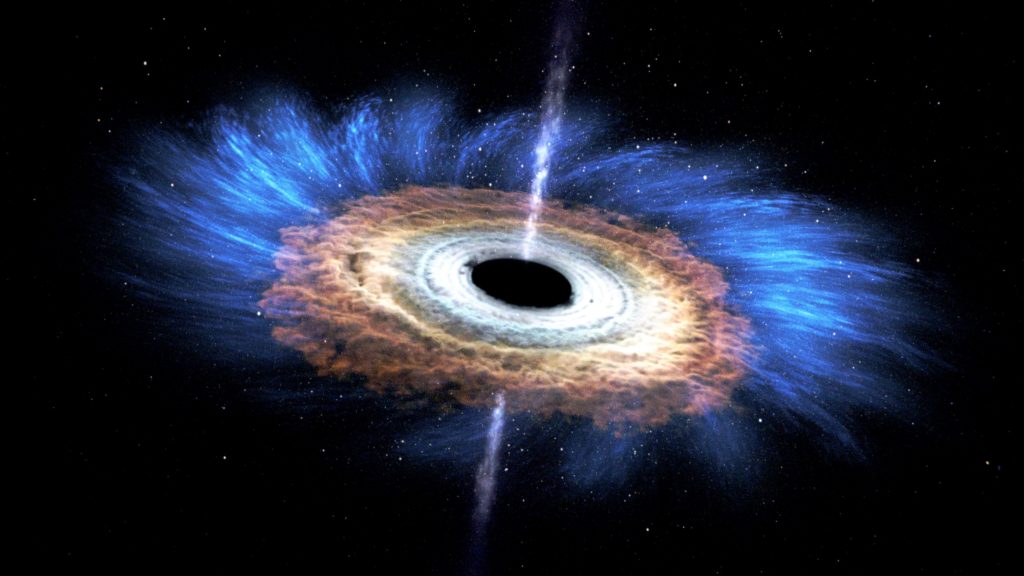5 amazing facts about black holes
by How It Works Team · 22/04/2021

A black hole is a region of space containing, at its centre, matter compressed into a point of infinite density called a singularity (an area where spacetime curvature becomes infinite), which itself is surrounded by a sphere of space where the gravitational pull is so total that not even light can escape its pull – hence its name.
The black hole is the result of the deformation and warping of spacetime (a mathematical model where space and time are combined into a single continuum) caused by the total collapse of individual stars or by the coalescence of binary neutron stars.
This collapse occurs at the culmination of a star’s life span when, under the pressure of gravity, it is compressed perpetually – unable to resist due to the non-existence of nuclear fusion in its core – until it reaches critical mass.
At this point, providing the star is over 1.4 to three solar masses (our Sun equals one solar mass) – a necessity for black hole formation instead of a white dwarf – the star will go into core-collapse supernova, expelling much of its remaining outer layers at one tenth the speed of light and leaving behind either a neutron star or, if the solar mass is high enough, a black hole.
Top 5 Facts:
1) Do the worm
Certain theories postulate that rotating black holes could be avoided by entities and actually used as a wormhole shortcut through space and time.
2) Weakling
Despite their colossal size and perpetual accretion of matter, black holes can only suck in matter from a very small surrounding region as gravity is incredibly weak.
3) Primordial
In the current epoch of the universe only the collapse of stars carry the requisite density to form a black hole, however shortly after the big bang densities were greater.
4) Micro-management
Theoretically it is possible for micro-black holes to form through the high-speed collision of sub-atomic particles, although this is unlikely to ever happen.
5) Spaghetti
Any object that passes an event horizon will be stretched into long thin strands under the strong gravitational field of the black hole.
For more science and technology articles, pick up the latest copy of How It Works from all good retailers or from our website now. If you have a tablet or smartphone, you can also download the digital version onto your iOS or Android device. To make sure you never miss an issue of How It Works magazine, subscribe today!





